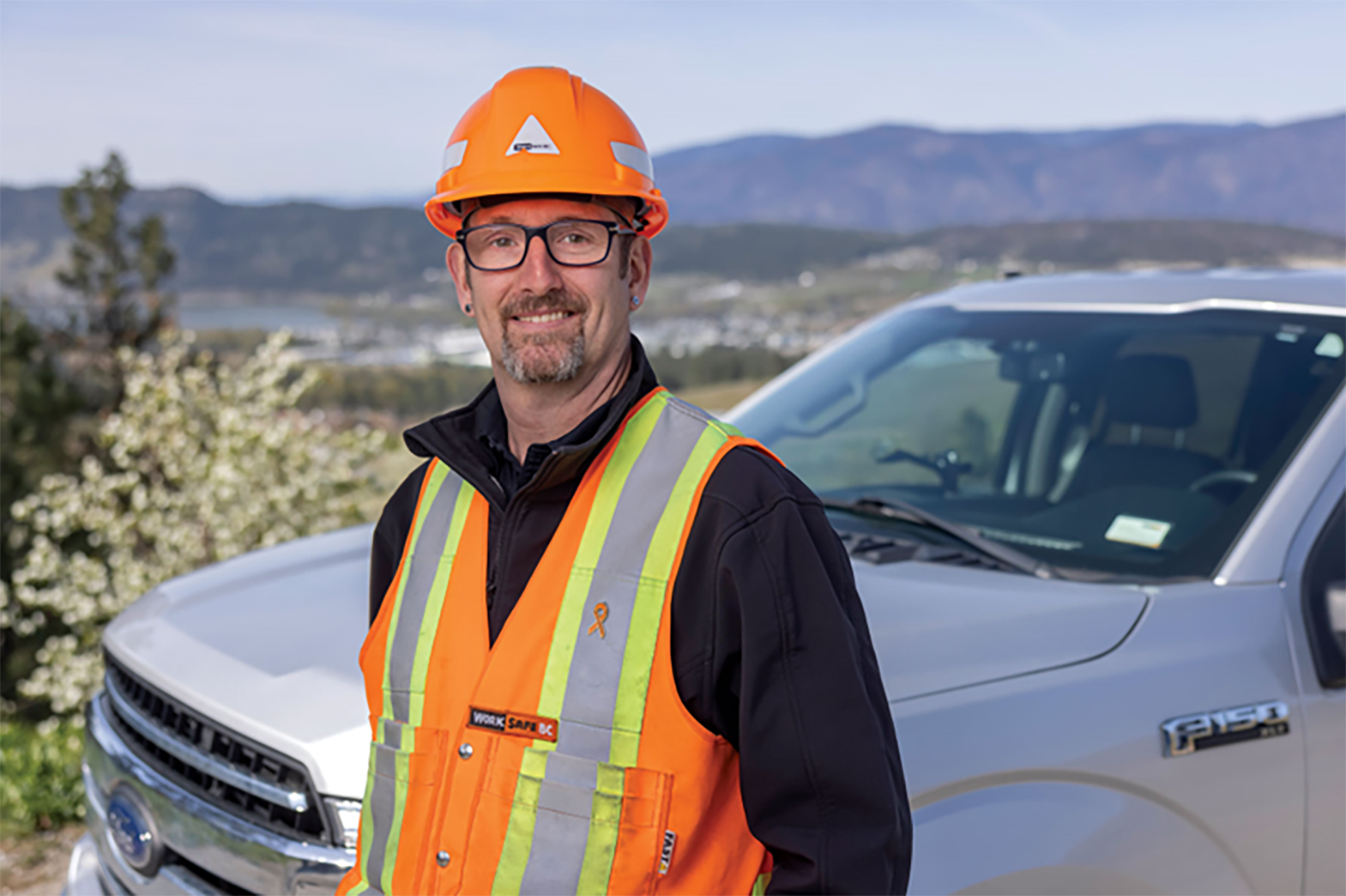Ask an officer: Managing risk when moving and placing a mobile home
Mobile homes are commonly used around the province and are popular due to their ability to be moved. However, moving and placing a mobile home is a complex process — one that requires proper planning and safe work procedures. If you purchase, manufacture, sell, or move and place mobile homes you’re considered an employer and are responsible for protecting your own workers, as well as any other workers at your workplace.
In this issue, we speak to Jason Hammond, occupational safety officer in Kelowna, about the risks and hazards associated with moving and placing mobile homes and what employers need to know.
By Tanya Colledge
Jason Hammond
Occupational safety officer, Kelowna
Years on the job: 6
What are the hazards when moving and placing mobile homes?
The main risk to workers is that they might be struck or crushed if the cribbing or lifting devices supporting the mobile home fail and the home moves unexpectedly. This is more likely to occur due to the following:
- A home being moved from or placed onto unstable ground
- Unsafe jacking or lifting procedures
- Insufficient or damaged cribbing
- Unstable, damaged, or non-engineered lifting equipment
- Increased length of time a lifting device suspends a mobile home
Of particular note are the hazards when moving and placing older mobile homes. These units may have deteriorated with age or may have been renovated, which can weaken the structure. If they have been moved multiple times before, they may no longer have the structural strength and stability to withstand the forces being imposed upon them.
What control measures should be taken to ensure worker safety?
Every move is different, so it’s crucial to develop a site-specific plan that identifies the hazards and assesses the risks associated with each aspect of moving and placing a mobile home.
Other control measures include:
- Using cribbing rated for the loads that it will be supporting
- Ensuring that the pickup and delivery sites have been adequately prepared
- Ensuring all workers are trained in safe work procedures and supervised by someone with experience moving and placing mobile homes
- Using procedures that don’t require workers to work under or near a mobile home while it is suspended
- Using manufacturer-rated equipment and consulting an engineer for any non-standard conditions
What activities require safe work procedures?
Far too often we see people rushing to get the job done. But when you’re not taking your time, that’s when corners get cut. In this business, going too fast can lead to catastrophic failure, injury, and even death. All workers must follow the safe work procedures for each part of the job. These parts can vary from site to site but key steps include lifting and lowering the mobile home, positioning and removing the dolly (temporary wheels) under the home for transport, placing or removing the temporary or permanent supports under the home, and towing the unit on public roadways.
What else should employers know?
All employers involved in the moving and placing of mobile homes (manufacturers, retailers, movers, placers, and purchasers) must ensure the health and safety of all workers working for that employer, as well as any other workers present at a workplace where that employer’s work is being carried out.
As an employer, you should ensure that moving and placing companies — often small one- or two person operations — have the proper experience, training, and safe work procedures to take on this type of specialty work. Ask for references to verify their safety record, as anyone hiring them could be exposed to liability should an incident occur.
Where can I get more information?
Workers and employers can review the safety bulletin on managing risk when moving and placing homes for more information on the risks, hazards, and control measures to consider when moving and placing mobile homes. WorkSafeBC is also developing an inspection strategy and working with the Manufactured Housing Association of B.C. and its members to create and share important safety practices.
Looking for answers to your specific health and safety questions? Send them to us at worksafemagazine@worksafebc.com and we’ll consider them for our next “Ask an officer” feature.
This information originally appeared in the Summer 2024 issue of WorkSafe Magazine. To read more or to subscribe, visit WorkSafe Magazine.

